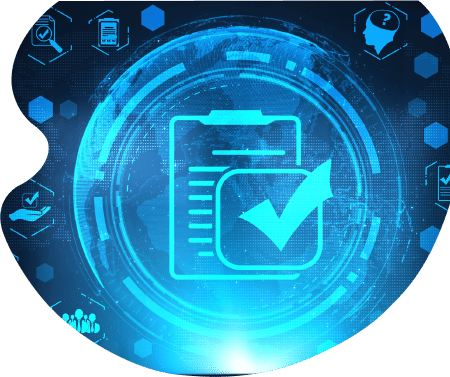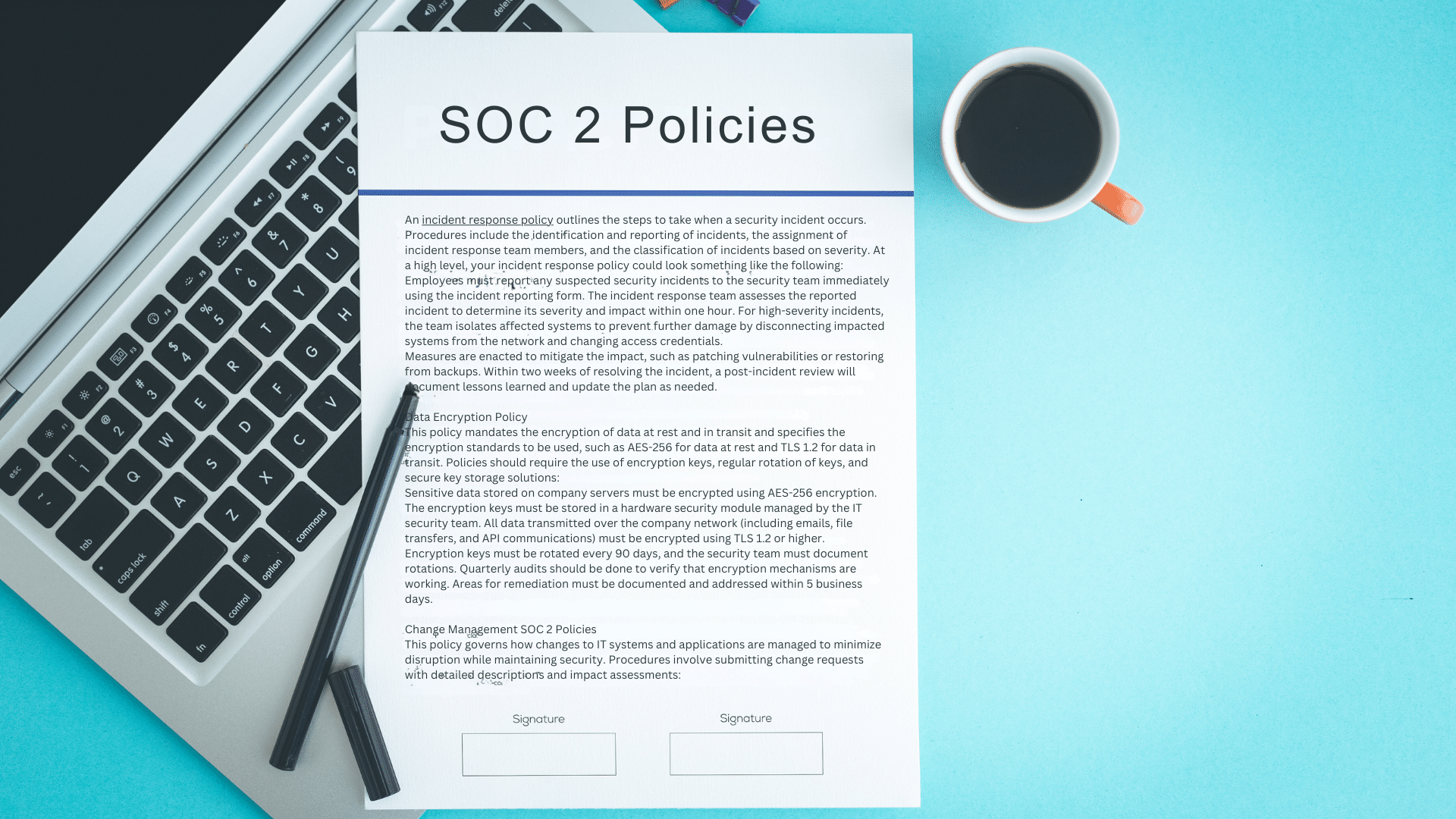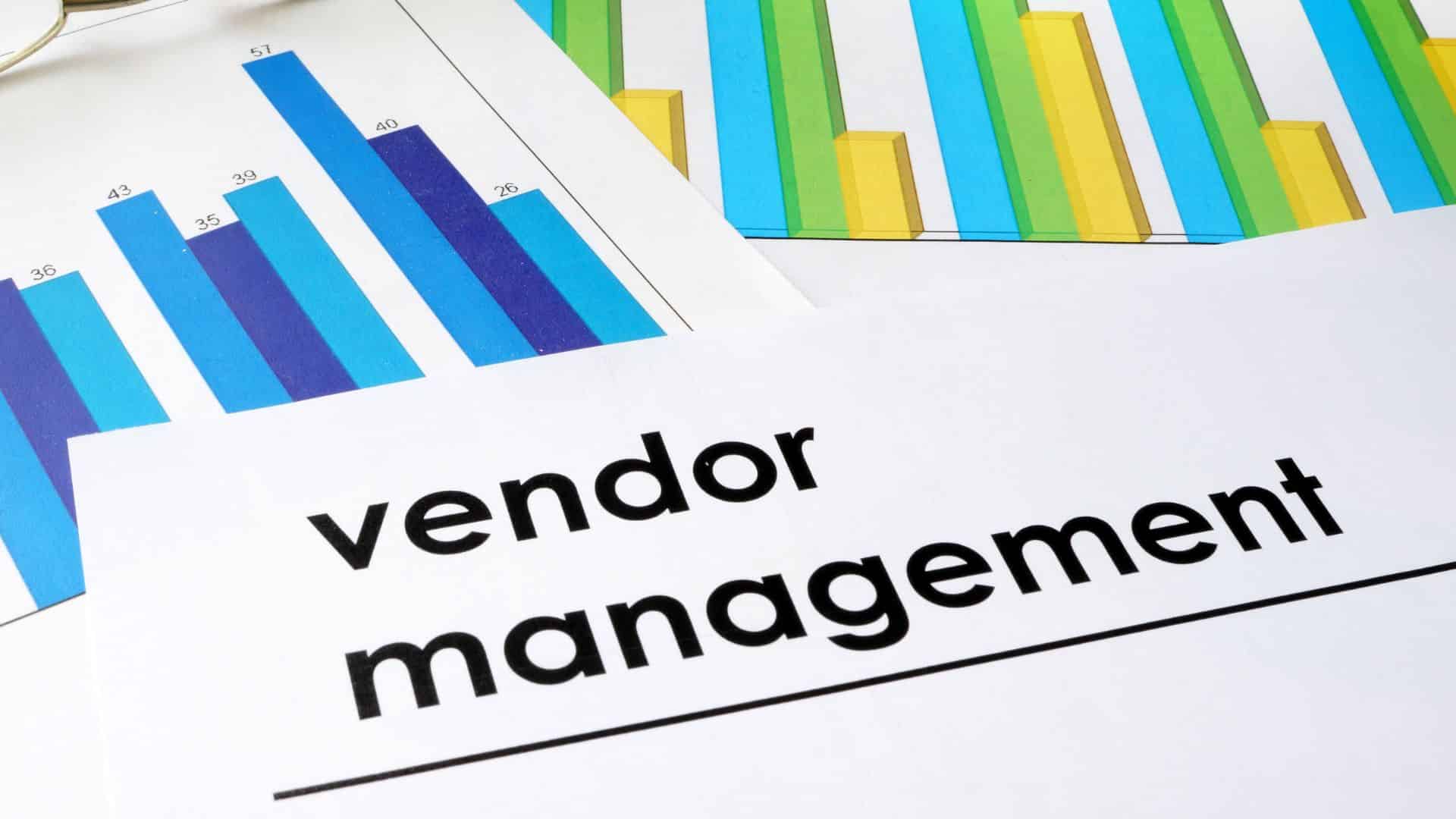SOC 2 policies are formal guidelines that organizations implement to comply with SOC 2, which sets forth measures to securely manage customer data based on five Trust Services Criteria: security, availability, processing integrity, confidentiality, and privacy.
These policies and procedures outline how an organization secures data, controls access, responds to incidents, and maintains compliance through regular audits and risk assessments. Effective SOC 2 compliance not only aids in risk mitigation but also serves as a business enabler, allowing you to be more confident in the efficacy of your information security program and sell to a broader array of prospects.
In this article, we will review specific examples of SOC 2 policies and provide tips from the experts on how to write them for your organization.
If you have more specific questions, please feel free to contact our team:
How Do I Write SOC 2 Policies and Procedures?
Some good news first: SOC 2 doesn’t provide specific policy or timeline guidelines in many areas. Organizations have a lot of leeway to select and tailor policies internally and set their own timelines.
This can be both a pro and a con, however. Due to the flexibility of SOC 2, there’s actually a risk of doing too much. Policies often don’t need to be overly stringent. It’s about what works for the business, and policies should be created with that in mind.
For instance, you could have a policy to remediate critical vulnerabilities within x # of days. SOC 2 doesn’t have guidelines around that timeline, which gives organizations the ability to set rules that align with realistic business operations. Compared to other standards, SOC 2 offers a greater degree of flexibility in drafting your policies and procedures.
In our latest webinar, Rhymetec CISO Metin Kortak spoke to Craig Saldanha from auditing firm Insight Assurance about how organizations can streamline SOC 2 compliance and navigate the 5 SOC 2 Trust Services Criteria.
“An area of weakness we often see is the termination SLAs,” noted Craig when asked which SOC 2 measures organizations are most commonly weak on when getting audited. “Sometimes organizations just write these policies too stringently.”
So, how should my policies look, and how can we prevent them from being overly onerous?
As suggested by the experts themselves in our webinar, here is a 6-step process to build out SOC 2 policies that work for your business:
How To Make SOC 2 Policies Work For Your Business
1. Choose and familiarize yourself with which Trust Services Criteria (TSC) your business is going to be doing.
Apart from the Security criteria, which is mandatory for every SOC 2 audit, you can choose which of the 5 TSCs to include in your SOC 2 audit.
Start by understanding the requirements under each one, and select the criteria that are most relevant to your business operations and compliance goals. A company offering cloud services may include Availability and Confidentiality in addition to Security to show that their service is not only secure but also reliable and protects sensitive information.
Risk assessments should also drive your selection of TSCs. If you have customers who are concerned about a product or service up-time, this may drive the inclusion of Availability as customers want some assurance around your uptime and availability. If the organization has identified a risk around data classification and retention, that may prompt Confidentiality to be included.
2. Identify your organization’s needs through an assessment of current processes and systems to pinpoint where policies are needed.
This gap analysis should identify areas where you are falling short of SOC 2 requirements.
Using compliance automation tools at this stage can streamline the gap analysis process. These tools show real-time insights into where your current processes deviate from SOC 2 requirements and provide a centralized place to track everything.
3. Collaborate with stakeholders from IT, security, legal, and HR.
Gather input and ensure buy-in across the organization. Organize workshops with key stakeholders to discuss the findings of the gap analysis in Step 2, and gather their insights on remediation.
4. Develop clear SOC 2 policies & procedures.
Create detailed documents that outline the controls your organization will implement. Policies should be written in clear, concise language that is accessible to all employees.
If you work in tech, it may seem evident to you what the policy means when it says:
“Multi-factor authentication must be enforced for all user accounts accessing the corporate network, using a combination of at least two forms of authentication, such as a password and a time-based one-time password (TOTP) generated by an authenticator app.”
But this is probably unclear to most employees. It’s better to make a policy like the following (and show employees exactly how to use MFA as part of their training):
“All employees must use two steps to log into the company’s network, such as a password and a code from a phone app.”
5. Provide training on policies and ensure that employees understand their role in the compliance environment.
Use a variety of training methods such as workshops, e-learning modules, and hands-on exercises. Don’t just tell people what to do. Show them why it matters and they’ll be more likely to remember.
6. Conduct internal audits and update your SOC 2 policies as needed to reflect changes in regulations, emerging threats, and your environment.
A regular schedule of internal audits to assess compliance with policies and identify areas for improvement enables you to remain compliant with SOC 2 over time.
Next, let’s go over some of the most common SOC 2 policies and procedures to give you an idea of what these policies may actually look like:
What Are Some Examples of SOC 2 Policies and Procedures?
The examples below are common policies organizations use to meet the requirements of SOC 2:
Access Control Policies
Access control policies specify the procedures for granting, modifying, and revoking access to the organization’s systems and data. Your policy may say something like:
All user access to the company’s internal systems must be based on the principle of least privilege and approved by the department. Employees must submit an access request form that includes the systems and applications required, the justification for access, and the duration for which access is needed. Approved requests are to be forwarded to the IT security team. Access reviews are conducted quarterly to ensure that only authorized personnel have access to sensitive systems and that any changes are logged and reviewed.
Incident Response Policies
An incident response policy outlines the steps to take when a security incident occurs. Procedures include the identification and reporting of incidents, the assignment of incident response team members, and the classification of incidents based on severity. At a high level, your incident response policy could look something like the following:
Employees must report any suspected security incidents to the security team immediately using the incident reporting form. The incident response team assesses the reported incident to determine its severity and impact within one hour. For high-severity incidents, the team isolates affected systems to prevent further damage by disconnecting impacted systems from the network and changing access credentials.
Measures are enacted to mitigate the impact, such as patching vulnerabilities or restoring from backups. Within two weeks of resolving the incident, a post-incident review will document lessons learned and update the plan as needed.
Data Encryption Policy
This policy mandates the encryption of data at rest and in transit and specifies the encryption standards to be used. Policies should require the use of encryption keys, regular rotation of keys, and secure key storage solutions:
Sensitive data stored on company servers must be encrypted using AES-256 encryption. The encryption keys must be stored in a hardware security module managed by the IT security team. All data transmitted over the company network (including emails, file transfers, and API communications) must be encrypted using TLS 1.2 or higher.
Encryption keys must be rotated every 90 days, and the security team must document rotations. Quarterly audits should be done to verify that encryption mechanisms are working. Areas for remediation must be documented and addressed within 5 business days.
Change Management SOC 2 Policies
This policy governs how changes to IT systems and applications are managed to minimize disruption while maintaining security. Procedures typically include the following:
All changes to IT systems and applications must follow defined change management procedures: All change requests must include a detailed description of the change, expected impact, rollback procedures, and testing plans. IT managers and security personnel approve or reject requests during weekly meetings.
The changes are implemented in maintenance windows to minimize disruption to business operations. Change implementation must be logged, and a post-implementation review is to be carried out within one week.
Vendor Management SOC 2 Policies
Vendor management is an extremely critical area under SOC 2 policies.
These policies outline how third-party vendors are evaluated and monitored to make sure they meet security requirements. This involves a vendor risk assessment process, requiring vendors to provide SOC 2 reports or equivalent evidence of their security program. As an example:
Before engaging with a new vendor, a risk assessment using the Vendor Risk Assessment Questionnaire must be completed. The strength of the vendor’s security program should be assessed by reviewing their responses to the questionnaire as well as their SOC 2 report or equivalent certification. Contractual obligations are to include specific security requirements, such as the obligation to notify the company of any data breaches within 24 hours and compliance with industry standards.
Annual reviews (including requesting updated security certifications) are to be conducted to assess vendors’ security practices. Any deviations from agreed-upon practices must be documented and corrected within 30 days. If a vendor fails to meet requirements, a termination procedure is to be carried out that ensures a smooth transition and protects company data during the process.
Which SOC 2 Policies And Procedures Are Companies Most Commonly Weak On When Getting Audited?
“I think a lot of companies forget to include the fraud component within their risk assessment, which is part of the criteria within SOC 2,” Craig Saldanha from auditing firm Insight Assurance noted in our SOC 2 webinar.
” Sometimes organizations just write these policies too stringently,” Craig noted, mentioning termination SLAs as an area where he sees this happen frequently:
For example, their policy will require fully offboarding employees within 8 hours with all system access removed. There’s no hard requirement that states you have to do it within 8 hours! You should draft your SOC 2 policies to cover all necessary areas while also considering what realistically works for the business.
The next component organizations are commonly weak on is vulnerability SLAs. “We see this as being an area of concern as well,” said Craig. “A lot of people can’t remediate those adequately because of resource or budgetary constraints. It’s important to document this with business justifications.”
There are many vulnerabilities on a daily basis, and being able to resolve all of them on time and create proper risk assessments around them is vital. Vulnerability remediation is a common challenge that can lead to exceptions.
What Is The Biggest Pain Point In Obtaining A SOC 2 Report?
“Number one would be understanding the requirements and identifying gaps,” said Craig in our webinar. “It can feel like a scavenger hunt sometimes.” Guidance from experts at the very beginning of your journey can be extremely helpful in developing a clear roadmap.
Ongoing maintenance is another one of the biggest pain points:
“A lot of customers don’t understand that there is ongoing maintenance involved, and they actually need to allocate resources if they want to remain compliant over time,” pointed out Rhymetec CISO Metin Kortak.
An example of an ongoing control is having employees undergo security awareness training (including regular phishing training for employees). This isn’t something you do once during the observation and then stop. It has to be done on an ongoing basis.
Lastly, getting through the actual audit can be a challenge if you aren’t adequately prepared. Finding a strong audit firm with solid communication can make all the difference.
About Rhymetec
Rhymetec was founded in 2015 as a Penetration Testing company. Since then, we have served hundreds of SaaS businesses globally in all their cybersecurity, compliance, and data privacy needs. We’re industry leaders in cloud security, and our custom services align with the specific needs of your business. If you want to learn more about how our team can help your business with your security needs, contact our team for more information.
Check out our case studies to learn how our security team fast-tracked companies like Kizen and Solvvy to SOC 2 compliance and enabled them to shorten their sales cycle, increase trust with customers, and expand into new marketplaces.
Interested in reading more? Check out additional content on our blog:




